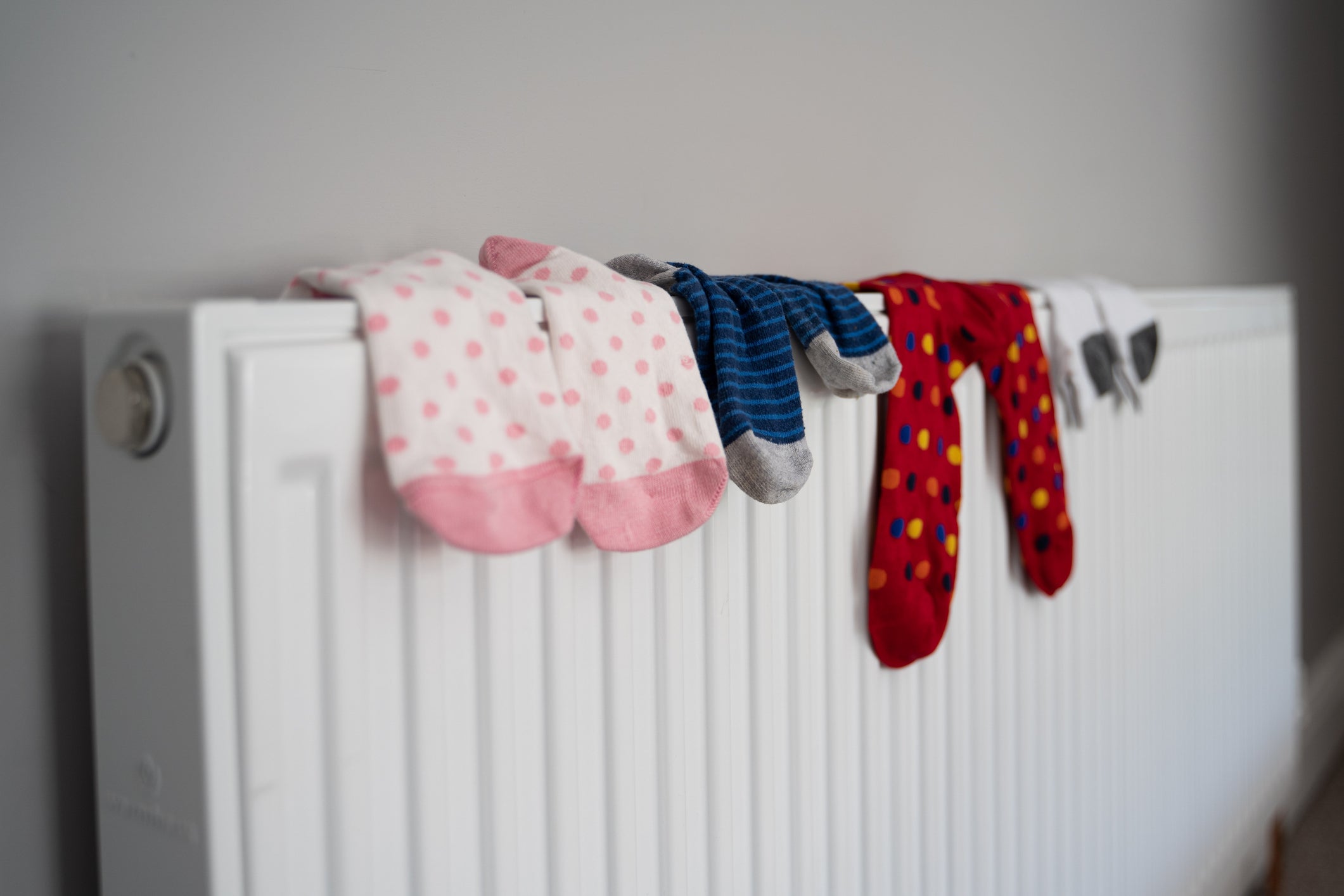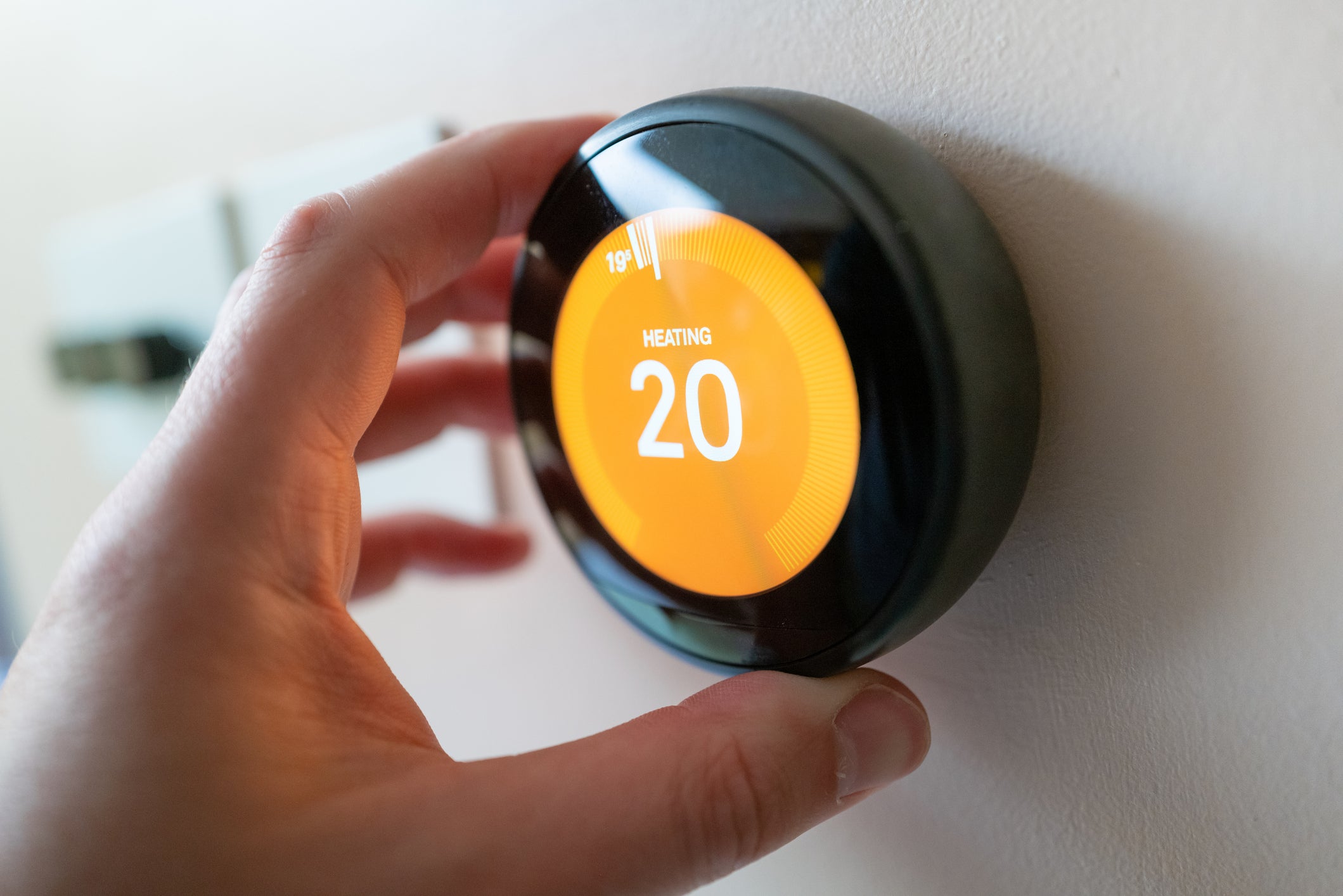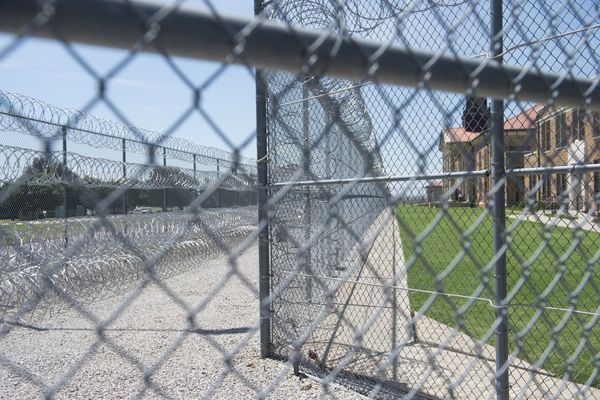
As the days grow shorter and temperatures begin to fall, heating experts are warning households to avoid common mistakes that could be adding hundreds of pounds to their energy bills.
On 1 October, Ofgem’s energy price cap increased from £1,720 to £1,755 a year, raising the average energy bill just as households face the added expenses of winter.
With the Autumn Budget approaching, many are worried about whether further support will be announced – particularly amid persistent inflation and the ongoing cost-of-living crisis.
But according to heating specialists, some of the pressure on bills comes not just from tariffs, but from the way people use – or misuse – their central heating.
Small errors, big costs
Heating experts at UK Radiators estimate that neglecting radiators alone can add £400 to £600 a year to bills. From radiators blocked by furniture to un-bled systems, the cumulative effect can be costly.
“Most people only notice problems when they switch the heating on in November and suddenly half the house is cold,” said Rob Jones, heating specialist at UK Radiators. “By then, it’s often too late – small fixes have become expensive call-outs. The good news is these are easy checks you can do right now: bleed radiators, clear space around them, and run your heating for 20 minutes to spot any issues. A little preparation now saves a lot of stress and money in December.”
According to UK Radiators, among the most expensive errors are drying clothes on radiators, as this can reduce output by 20% and increase the risk of damp and mould.

Failing to bleed radiators can reduce efficiency by up to 15 per cent, while blocking radiators with furniture or curtains traps heat instead of warming rooms.
Ignoring cold spots or sludge can force boilers to overwork and often leads to breakdowns and expensive callouts. Neglecting basic maintenance, such as small leaks or rust, can quickly escalating into major faults.
Set your boiler flow temperature correctly
Experts say that tweaking boiler settings could be one of the simplest ways to reduce heating bills this winter.
The flow temperature is the temperature your boiler heats water to before circulating it around your radiators. Most people leave their boiler’s flow temperature at the factory setting of 80°C, which causes the system to use more gas than necessary.
“Instead of heating water to such high temperatures, setting the flow temperature between 55 and 60°C allows the boiler to operate in condensing mode, reducing the amount of wasted energy that is produced,” says David Holmes, CEO of WhatPrice.co.uk.
The adjustment can also reduce stress on boiler components, helping to extend the lifespan of the system.
Check your boiler manual for instructions on how to adjust the flow temperature – consult a Gas Safe registered engineer if you’re not sure how to set it safely.
The thermostat trap
Your thermostat is the device which tells your boiler when to run and when to stop. Many households unknowingly push up their energy bills by using their thermostat incorrectly.
From turning the dial up too high in the hope of warming rooms faster, to leaving the heating running all day on a low setting, these habits waste energy without making your home warmer.
“When it’s cold, many of us will boost the thermostat, thinking it will heat our home faster. However, this isn’t the case,” explains Ryan Willdig, heating specialist at Heatforce. “Each degree above 19–20°C can add around 10 per cent to annual heating costs.”

Heat also escapes quickly from poorly insulated homes. While large-scale upgrades such as loft or wall insulation may be expensive, simple fixes like draught excluders and radiator reflectors can make a noticeable difference at relatively low cost.
“These won’t take long to put in place; you can dedicate an hour or two on a weekend to ensuring all of your windows and walls have the right insulation in place,” says Willdig, “A small, but noticeable difference when it comes to both how hot your house will get, but also your monthly bills.”
Get smart with heating
Smart thermostats from companies such as Hive, Tado and Honeywell can help households cut costs, especially when paired with good heating habits.
Rather than setting the heating to run constantly, experts recommend programming schedules that match your routine – warming the house just before you wake up or return home, and lowering the temperature when you’re asleep or out.
If you have thermostatic radiator valves (TRVs) you can use your smart thermostat to only heat only the rooms you’re using, or to heat different rooms to different temperatures (known as zoning).
Gav Murray, home heating director at Hive, said: “Eco-tech devices are about financial common sense. By giving people the ability to easily schedule their heating, adjust settings remotely, or receive reminders when the heating’s been left on through an app, smart thermostats ensure you’re only using energy when you really need it.
“That means less wasted heat, lower energy consumption and savings on bills – without compromising comfort.”
When investing, your capital is at risk and you may get back less than invested. Past performance doesn’t guarantee future results.
The £9,600 hidden cost of a pay rise and how to avoid it
The financial challenges facing young adults and how to navigate them
Experts explain how to decide if you should you take profits from investments
Millions of households face jump in water bills after watchdog’s ruling
Most low-paid workers have taken out payday loan to cover essentials
Home buyer demand weakens for third month in a row as sales fall – surveyors







